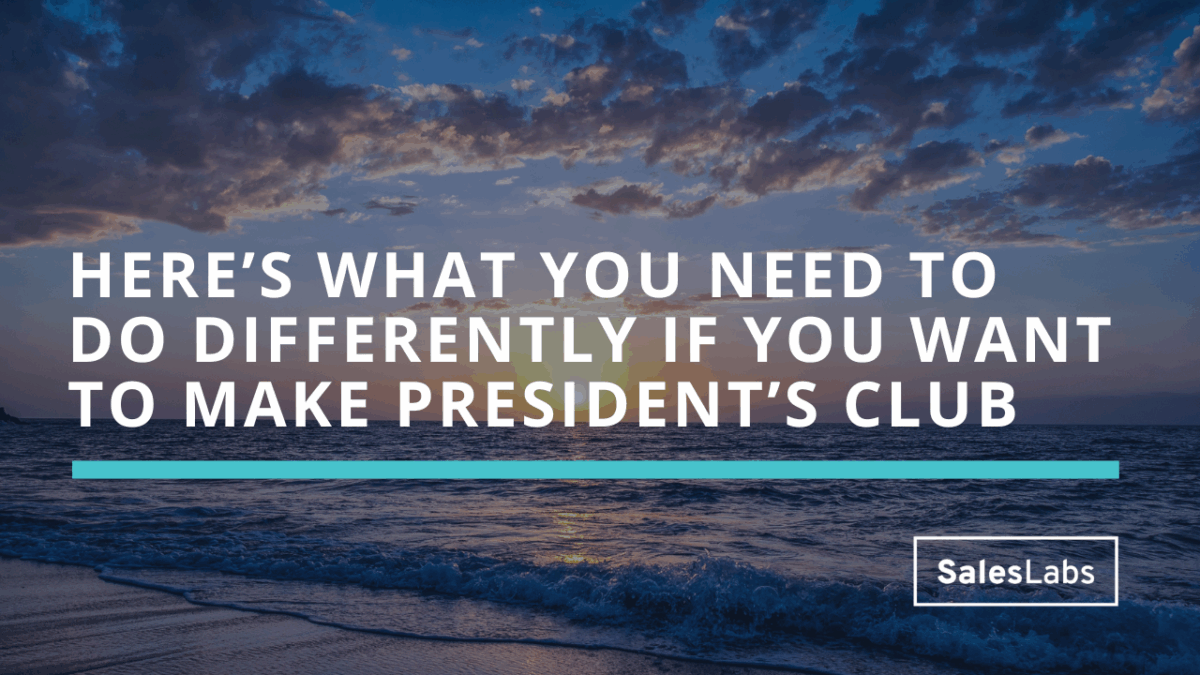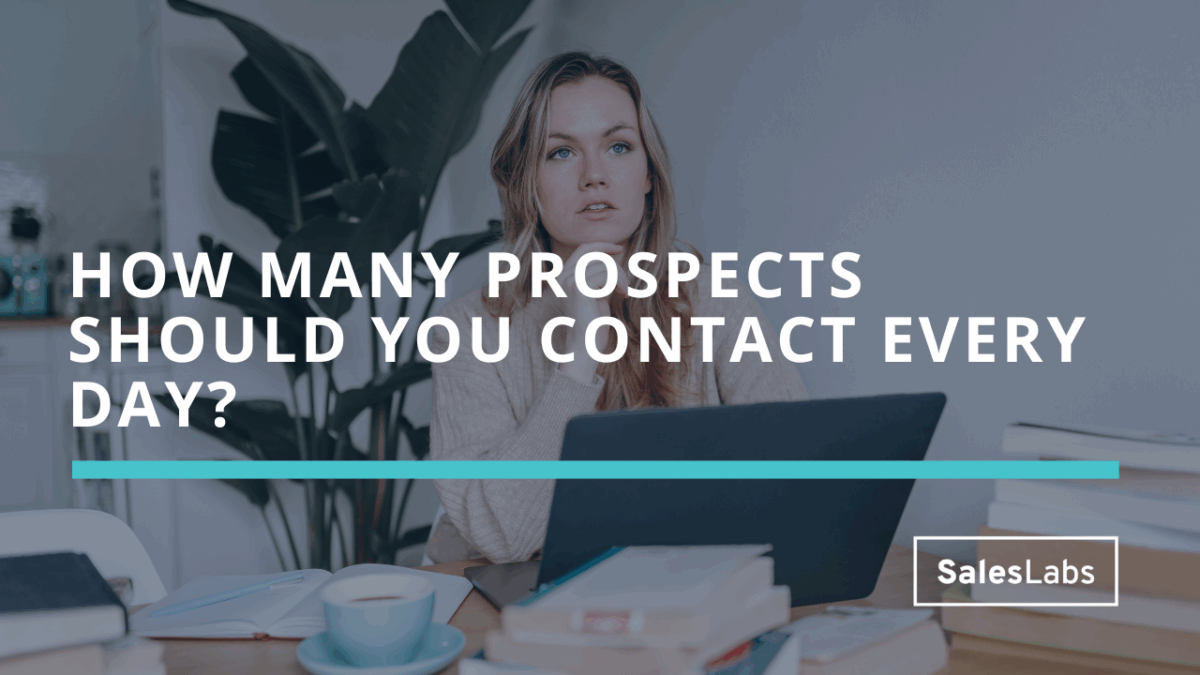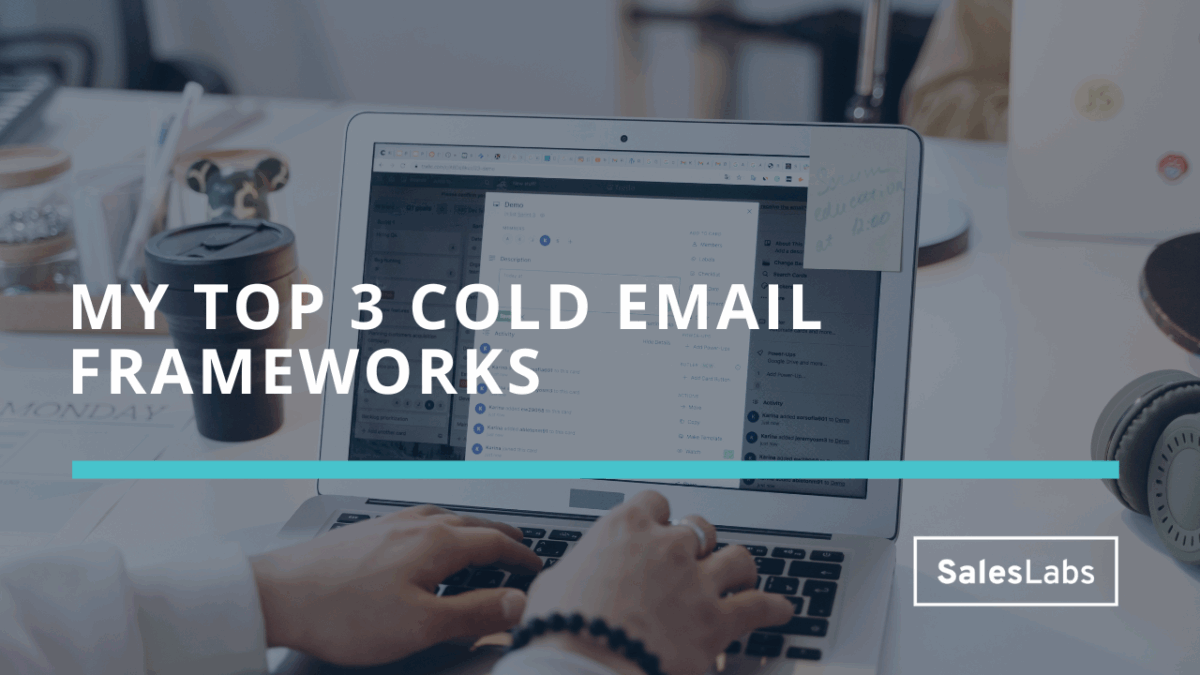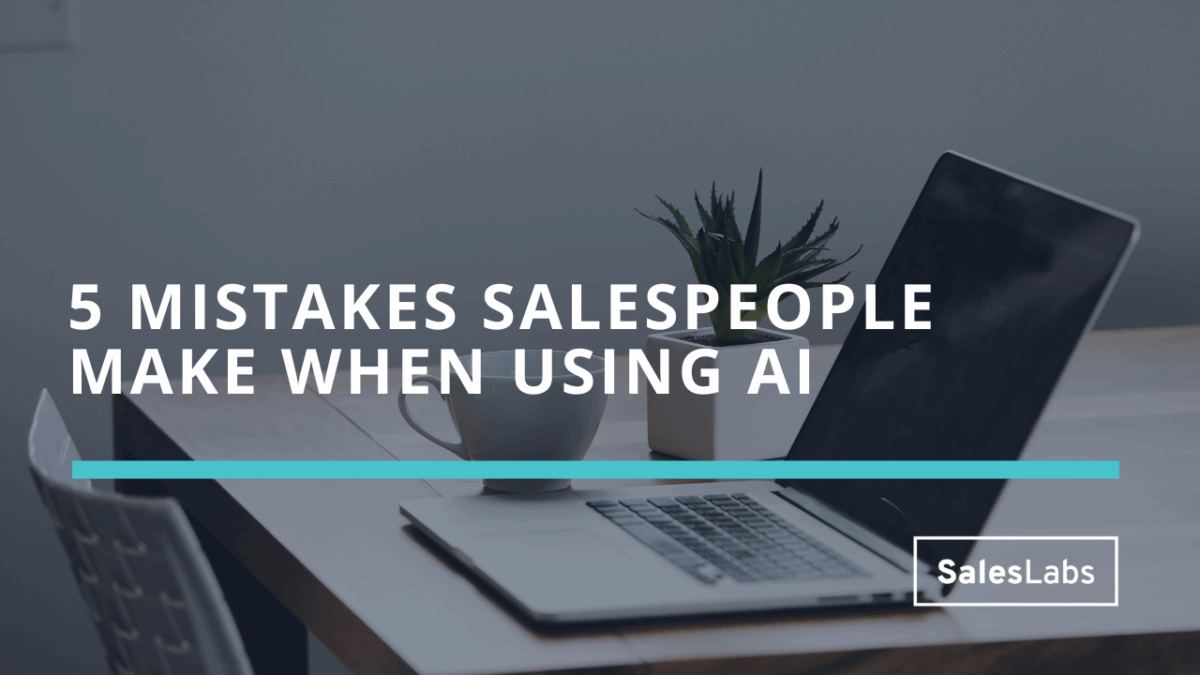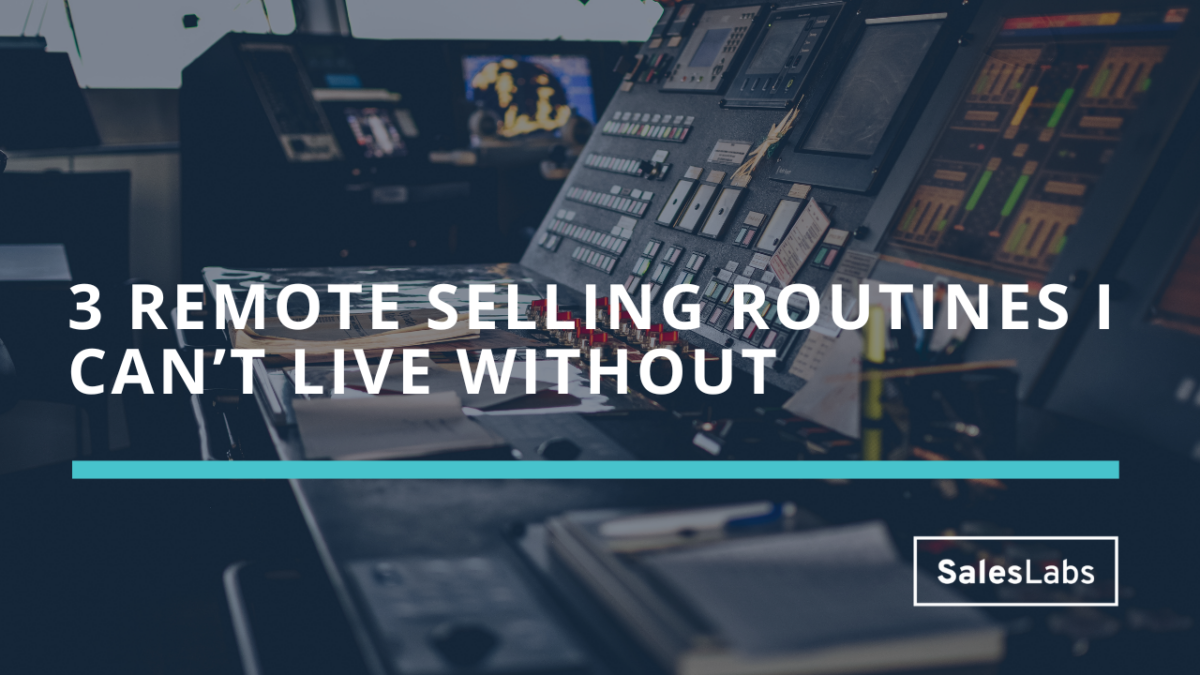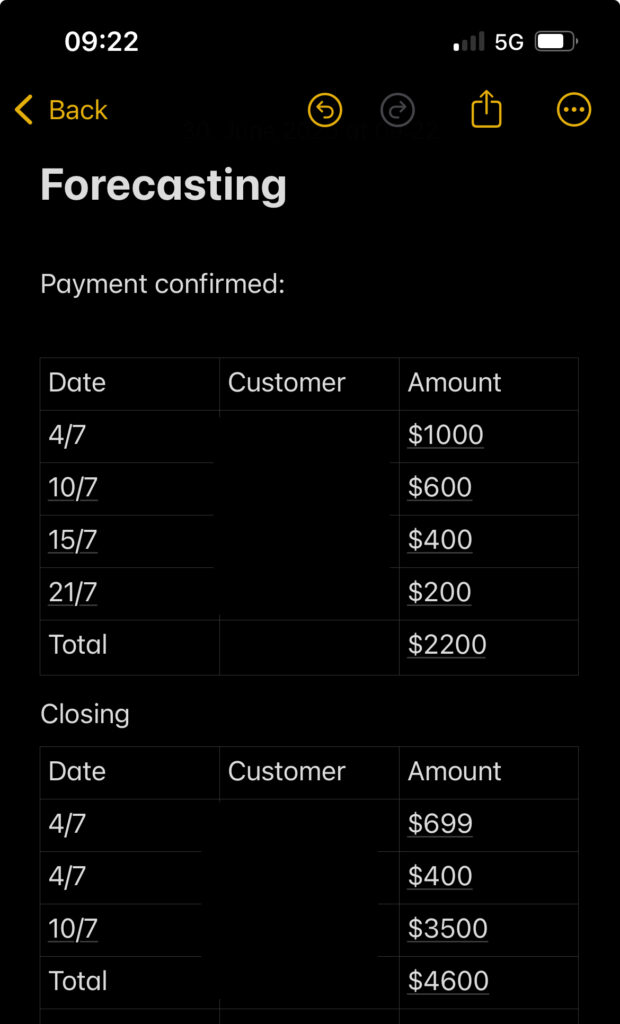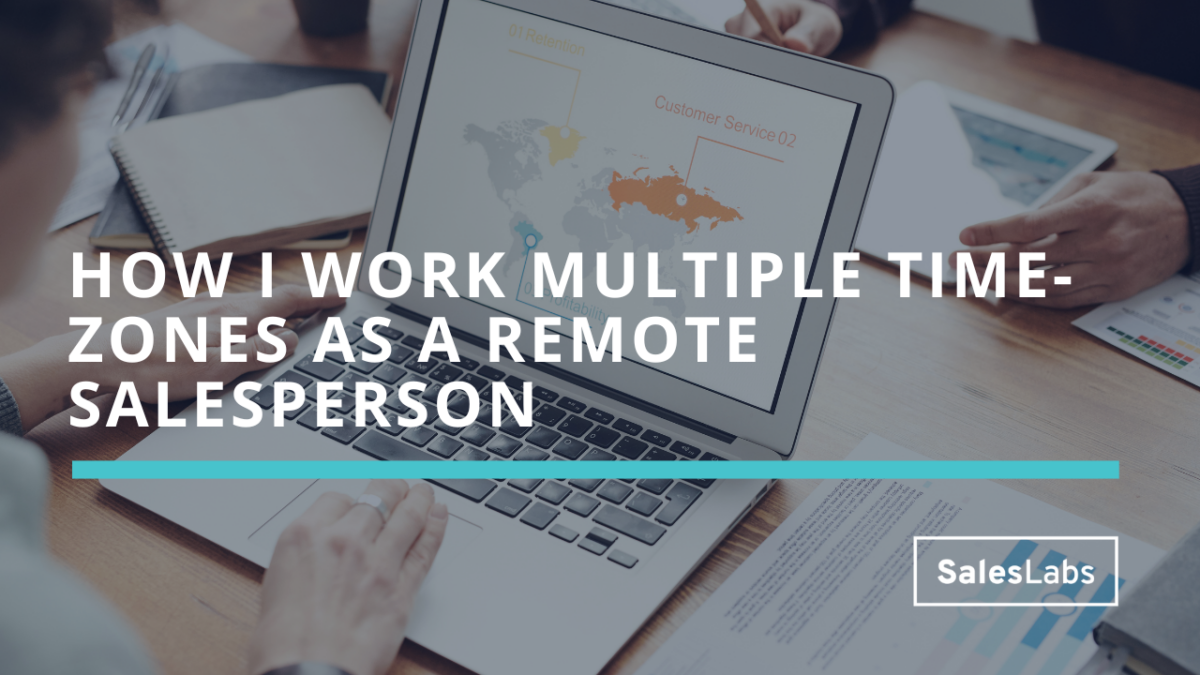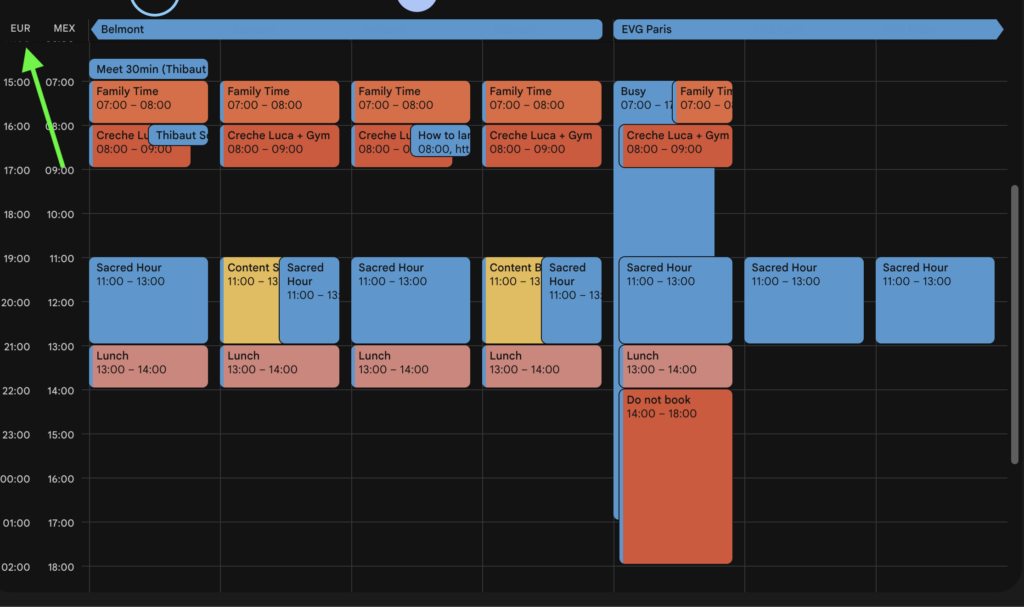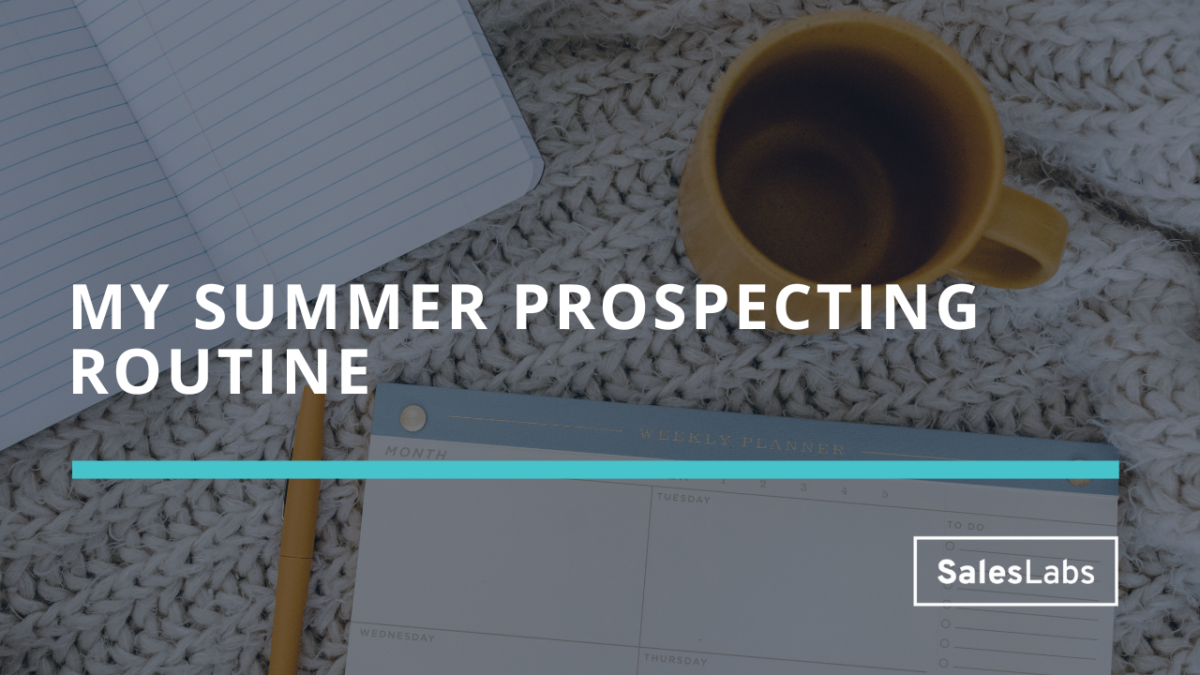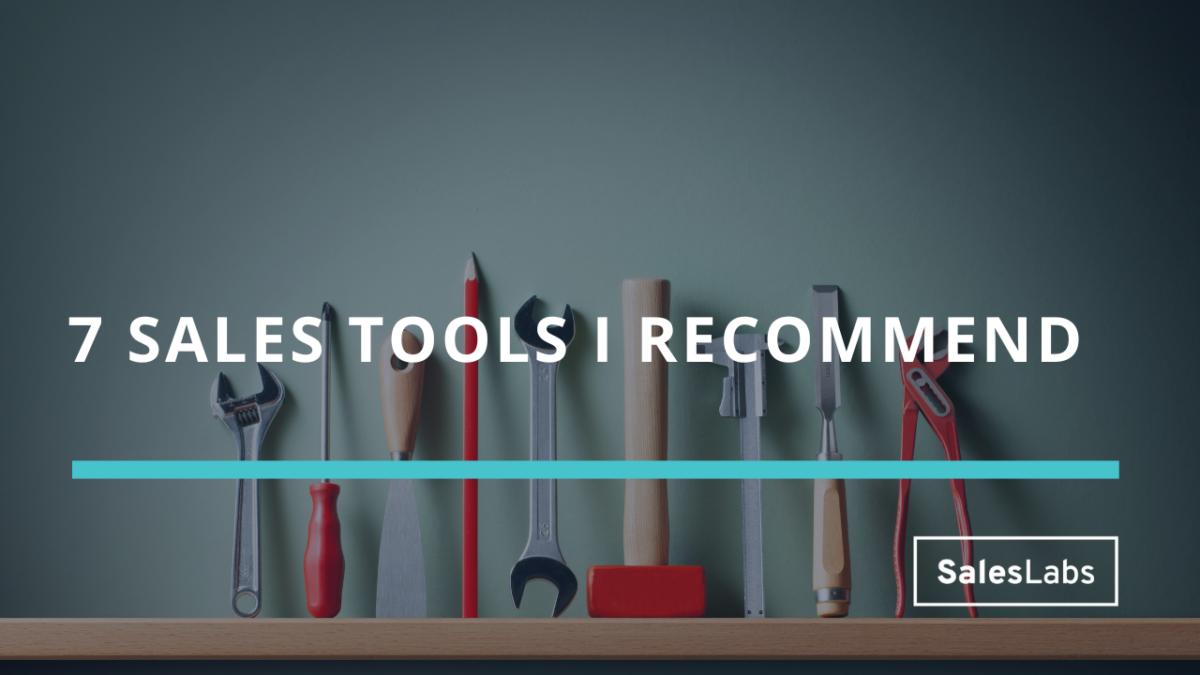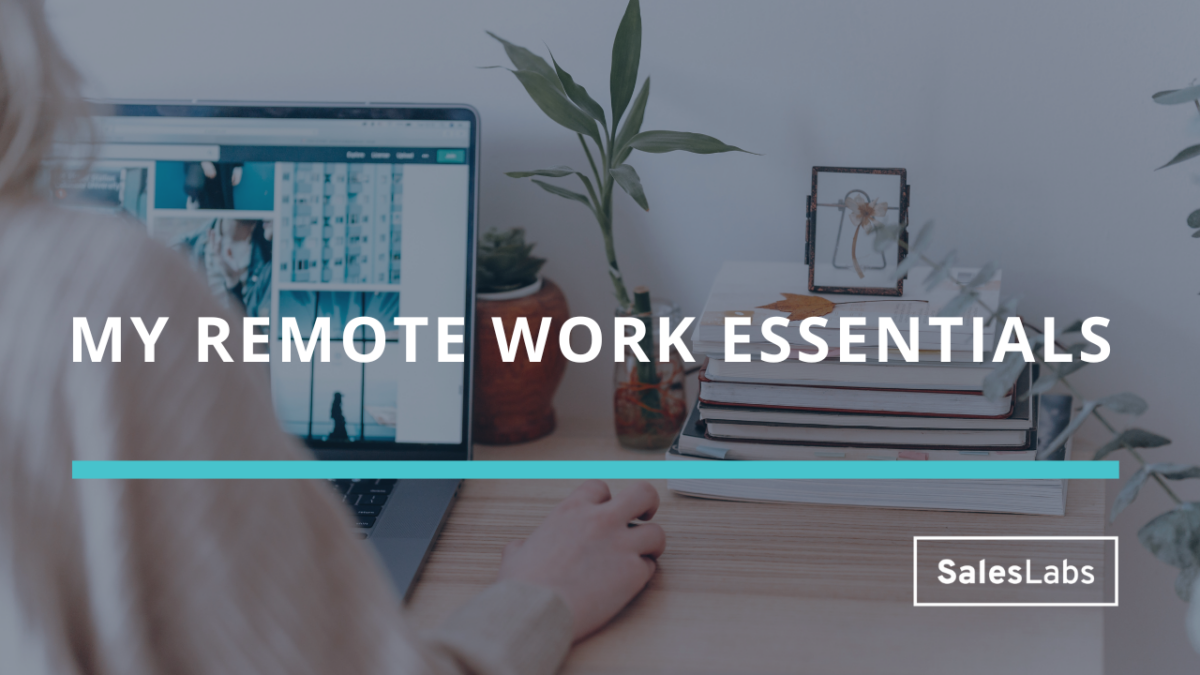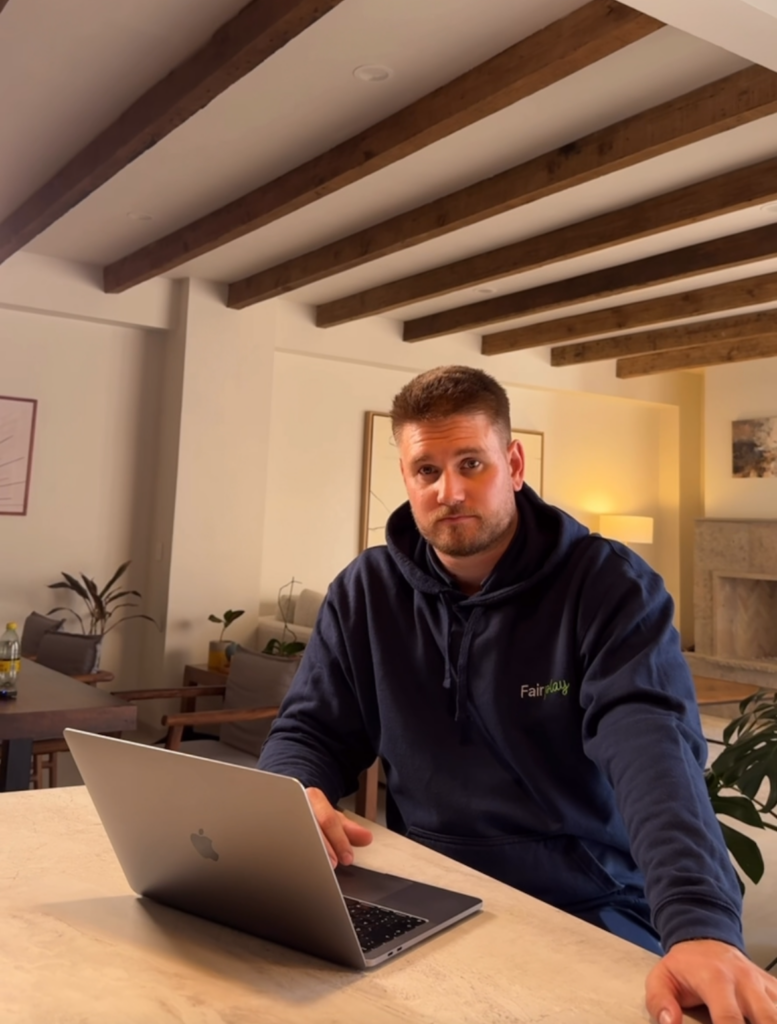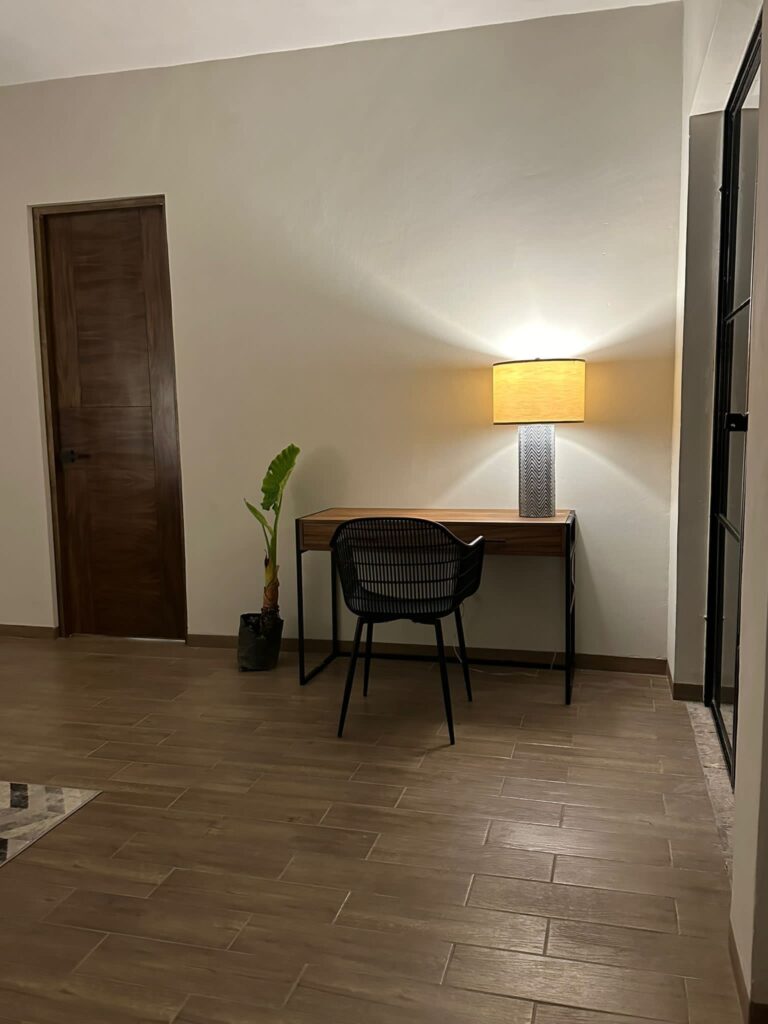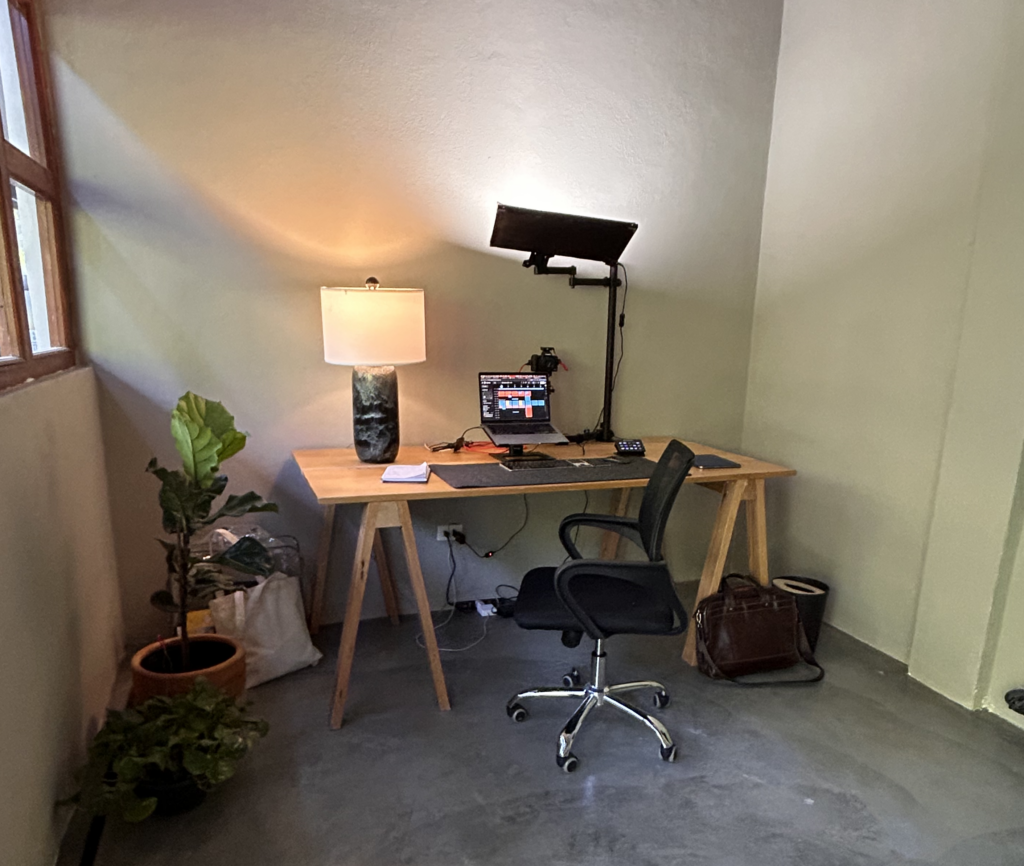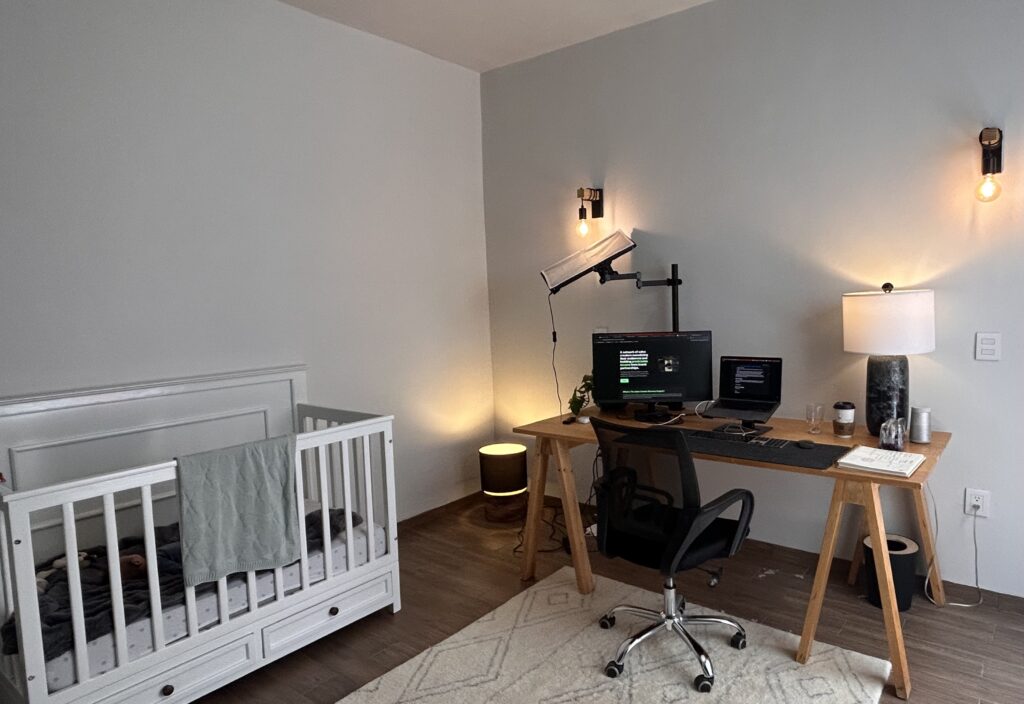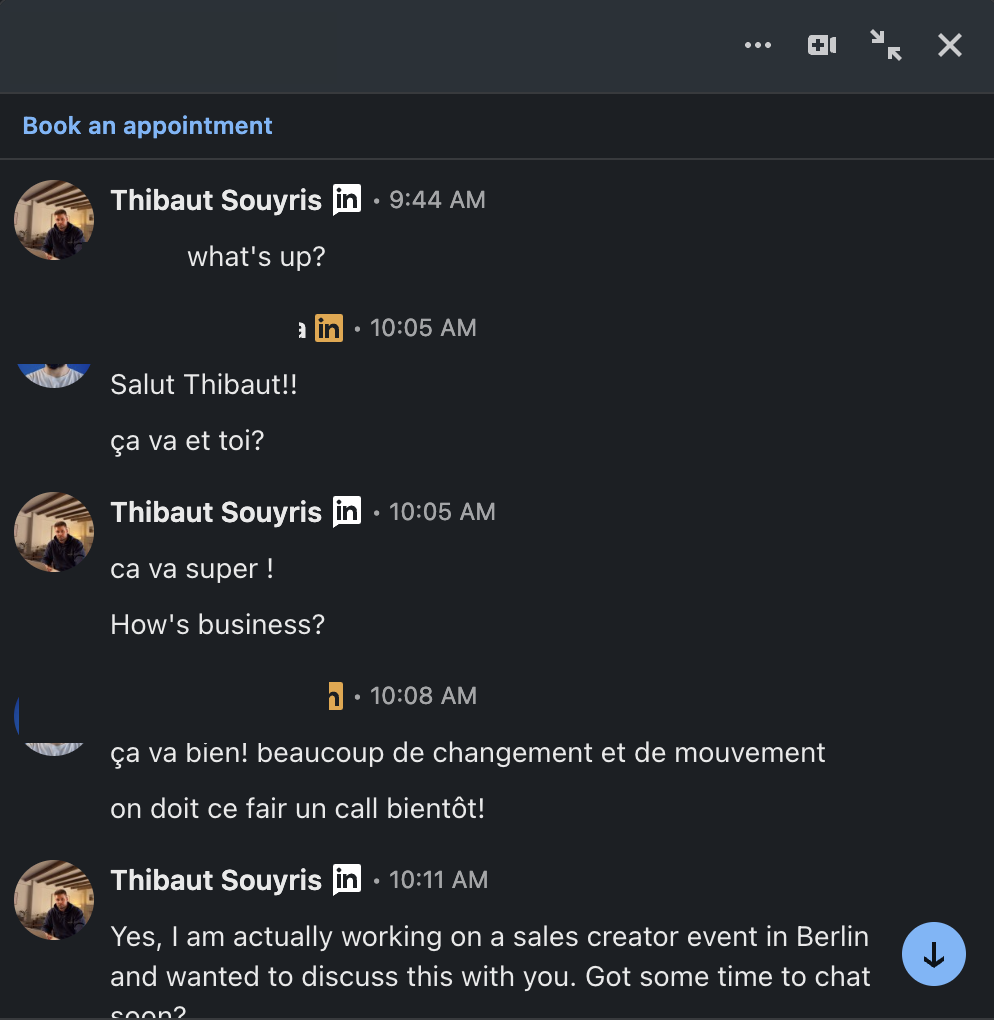Here’s what you need to do differently if you want to make President’s Club
In today’s issue, I will share 5 simple tips you need to follow if you want to make President’s Club. I got these tips while interviewing Jan Mundorf during my first Sales Creator Content Party in Berlin last Friday.
Most salespeople have issues reaching their targets. In fact, between 55% and 69% of salespeople missed their sales targets in 2024, and 2025 is looking to be a really bad year too. It’s harder than ever to reach your targets, so here are 5 tips I got from my conversation with Jan.
Tip 1: Start with a mindset change
When Jan started in sales, he was finding every excuses he could to explain why he was missing his targets. But last year, he decided to take ownership and become 100% accountable for his results, good or bad.
Him and his SDR worked together to keep each accountable on the tasks that were critical to making it to President’s Club. Jan set his goal to make it to President’s Club, and built a plan to make it.
But the execution of this plan is where he made the difference. And this is achieved with strong routines.
Tip 2: Build strong routines
Jan used to compete at high level in sports when he was younger. He learnt how to create routines to make sure he was doing what was important for him to be successful.
And he transposed these routines to selling. Here’s how his workday is structured:
- 8:00: Bike to work
- 9:00: Daily huddle
- 10:00: first call
- 12:00: Lunch break + LinkedIn content
- 13:00: More calls
- 17:00: Follow up on opportunities
- 18:00: Go to the gym or go for a run
Jan also works in batches to avoid context switching. For example, he’s doing all his follow-ups at the same time, and he doesn’t hang out on LinkedIn all day long.
Tip 3: Prospect the smart way
Another important aspect of Jan’s success comes from prospecting the smart way. As an Account Executive, he gets qualified opportunities from his SDR, but he also manages inbound leads.
When he gets an inbound lead, instead of putting it in an automated sequence, he immediately calls the lead to give some momentum to the opportunity. He will literally stop anything he’s doing to prioritize this task.
When it comes to outbound, Jan typically prospects right after lunch or on Friday afternoons, because he gets more people picking up the phone at these times.
Tip 4: Be obsessed with Discovery
Jan is obsessed with structured discovery. Initially, he was winging his calls and not following a specific methodology, but he changed that habit after being torn apart during a forecasting because he had no answers on a deal.
He then started following MEDDICC as a qualification methodology, which allowed him to have more objective data on his deals.
What I loved the most about this part was the way he tests if a deal is really qualified. If you’re working on a deal and you invite your prospect for a coffee while in town, and they refuse, you may not have qualified that deal enough, or built a strong enough relationship.
Tip 5: Build an internal team
This was the most impressive part of Jan’s process, and one I personally need to work on a lot more. Jan creates a whole internal team around him. He doesn’t sell alone, he gets everyone involved, from marketing, to SDR, to legal, and even VPs.
He takes the time to sit down with them in person, go on regular calls to have their backup when he needs help. And to me, this is the biggest reason he’s so successful. He understood that Enterprise Selling is a team sport, and he takes care of his team.
And these are 5 tips you can use to make it to President’s Club this year. These are all things in your control, and they will make the difference between missing and reaching your sales targets, not matter what you sell.
Hope this helps.
Cheers,
Thibaut Souyris
PS…If you’re enjoying The Remote Sales Playbook, please consider referring this edition to a friend. It goes a long way in helping me grow the newsletter (and help more remote salespeople become successful).
And whenever you are ready, there 3 ways I can help you:
→ Enroll in The Prospecting Engine
→ Want to work with me? Let’s talk about it
→ Sponsor my content and get in front of 46.000+ salespeople
Subscribe to the Newsletter
Get my free, 4 min weekly newsletter. Used by 5.400+ salespeople to book more meetings and work when, where, and how they want.
Subscribe to the Newsletter
Get my free, 4 min weekly newsletter. Used by 5.400+ salespeople to book more meetings and work when, where, and how they want.
